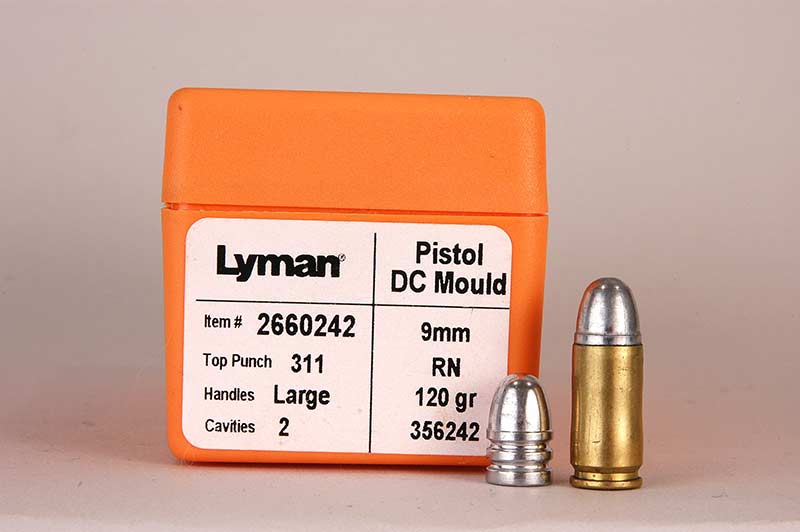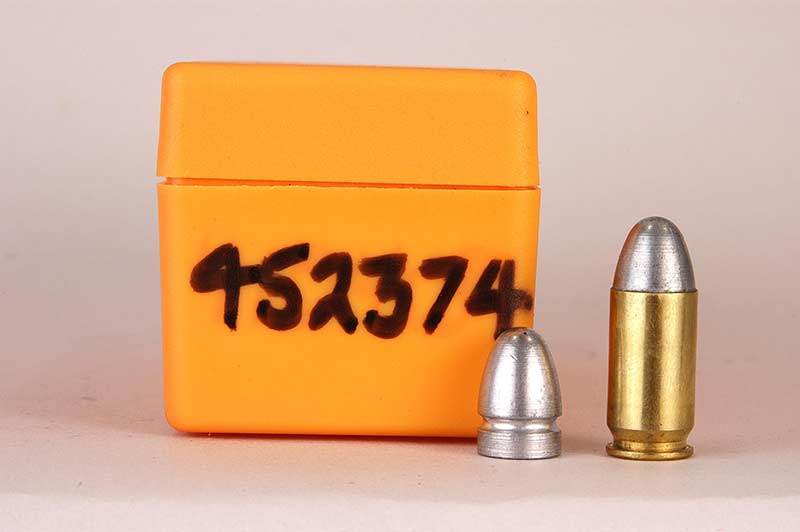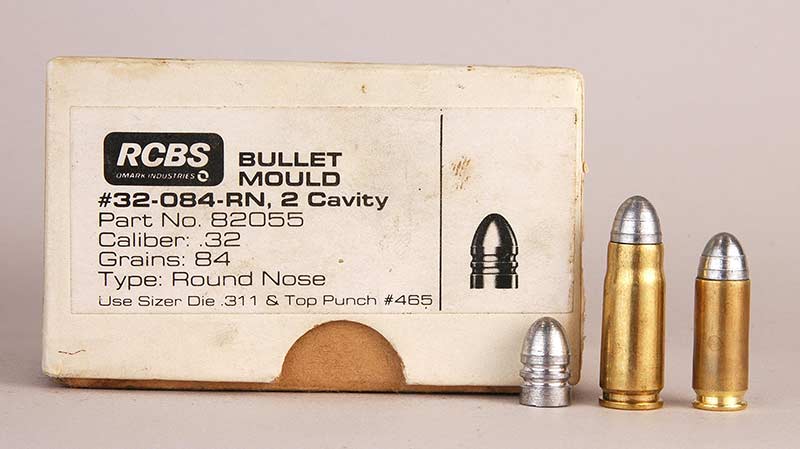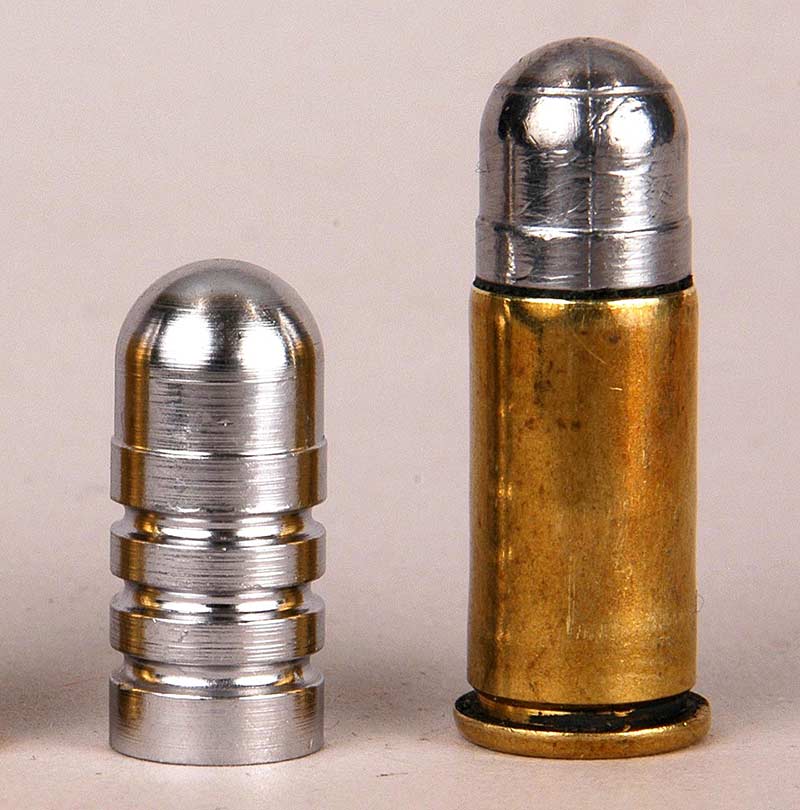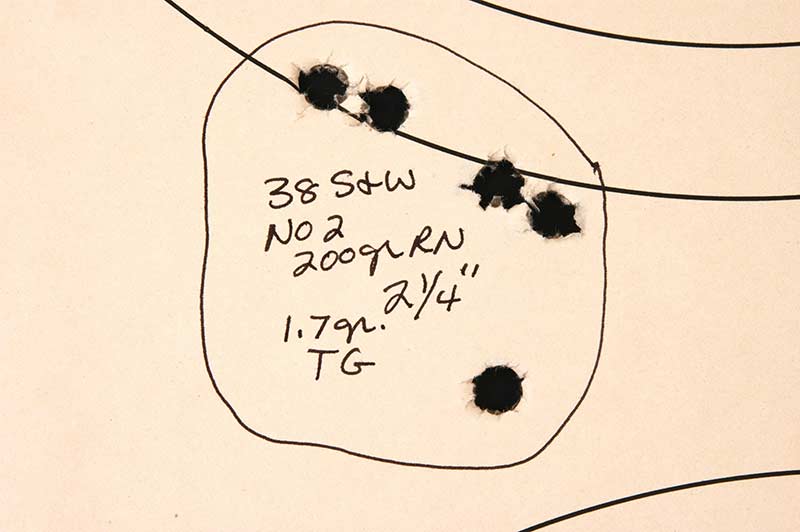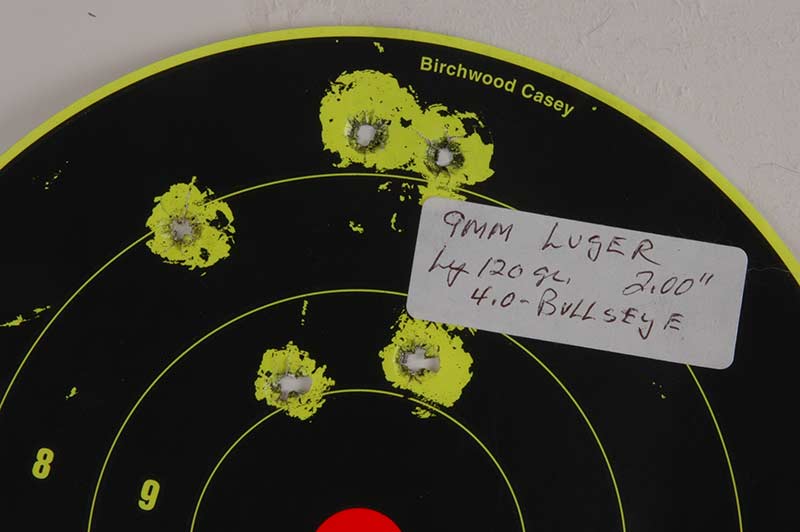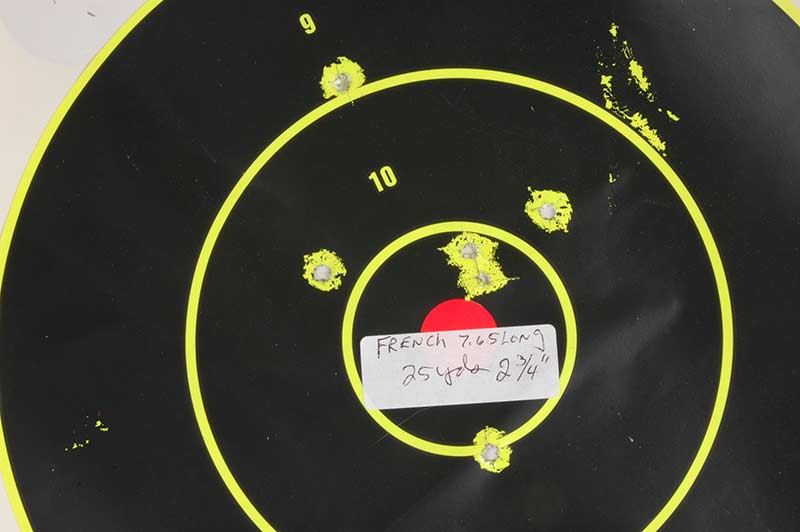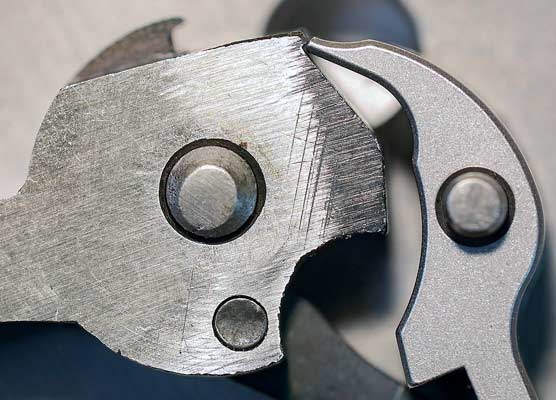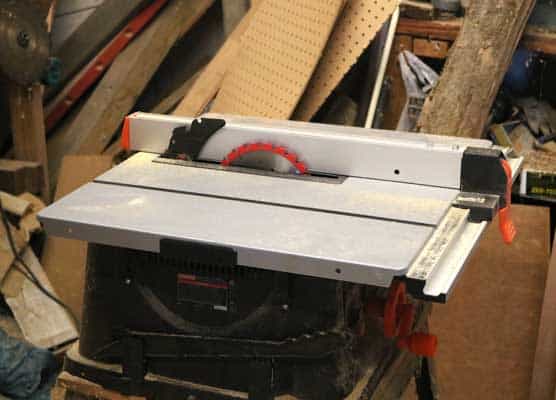Handguns Of WWII Part 12
Reloading For World War II Handguns
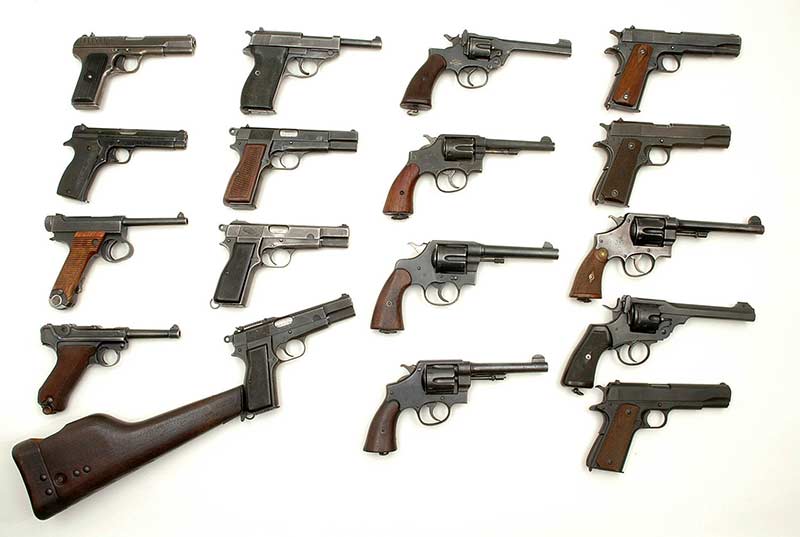
These are Duke’s World War II handguns, with one exception. The Soviet TT33 (top left) belongs to a friend.
So here they are, first row from top down: Soviet TT33 7.62 Tokarov, French Model 1935A 7.65mm Long,
Japanese Type 14 8mm Nambu, German P08 9mm Luger. Second row top down: German P38 9mm, German P35
9mm Browning High Power, Canadian/Inglis P35 9mm Browning High Power, Canadian/Inglis P35 9mm
Browning High Power with shoulder stock. Third row from top down: British Enfield No. 2 .38, Smith & Wesson M&P
.38, Colt Model 1917 .45 ACP, Smith & Wesson Model 1917 .45 ACP. Fourth row top down: Colt Model 1911 .45 ACP,
Colt Model 1911A1 .45 ACP, Smith & Wesson Hand Ejector, 2nd Model .455 Webley, Webley Mk VI .455 and finally
newly produced Colt Model 1911A1 .45 ACP.
Part 12 Of A 13-Part Series
Now that we have covered the particulars of what I consider the most significant handguns used by the major combatant nations of World War II, it’s time to take a look at ammunition. Calibers like .45 ACP and 9mm Parabellum are easy. You can buy ammo for them almost anywhere and reloading components are likewise commonly available.
Then take a look at 8mm Nambu or the 7.62mm French Long. At best a custom handloader could help you out with those two. In between are some our other World War II rounds for which factory loads may be available but not in your local Cabela’s or Bass Pro Shop. Example there may be the .455 Webley, which is being factory loaded by Hornady or Fiocchi of Italy. Plenty of 7.62×25 Tokarov military surplus ammo is coming from Eastern Europe but it usually must be mail ordered or perhaps found at gun shows.
Then there are calibers for which factory loads are available but perhaps it’s not correct for our purposes. Prime example there is .38 S&W, which can be fired in the British and Smith & Wesson revolvers chambered for the Brits’ .38/200. However, American .38 S&W factory loads carry 146 gr. bullets and those revolvers are usually sighted for a 200 gr. bullet. Hence, the lighter weight factory ammo bullets impact low in relation to point of aim.
Speaking personally, I’m of the mind most of my shooting with World War II handguns will be done with lead alloy bullets, especially ones cast by myself — time permitting. In fact I have developed handloads for all seven of the calibers discussed in this series, using my own home cast bullets. They are inexpensive compared to jacketed handgun bullets nowadays and importantly, they are available. Try buying a 200 gr. jacketed bullet for the .38 S&W or one for the 8mm Nambu. You can cast proper bullets for those two with off-the-shelf bullet moulds by Lyman and RCBS respectively.

Duke considers these seven cartridges as the most significant handgun chamberings of World War II. From left:
7.62x25mm Tokarov (Soviet) 7.65mm Long (French), 8mm Nambu (Japanese), 9mm Parabellum (German and other nations)
, .38/200 (British), .45 ACP (United States) and .455 Webley (British). Duke loads all these with cast bullets.
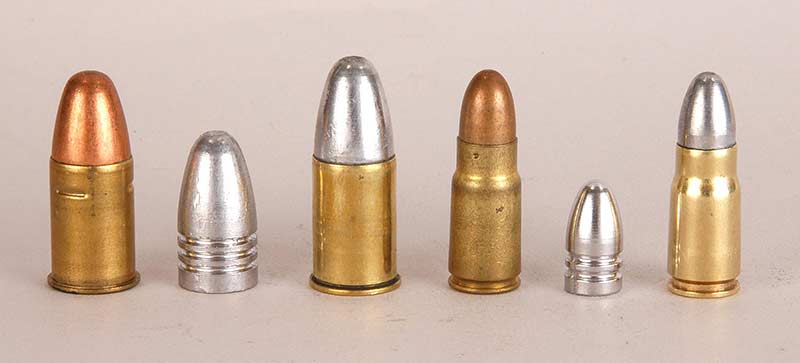
For some of the World War II handgun calibers bullet moulds are available that produce bullets close in
profile to original military jacketed bullets. From left: .455 Webley FMJ military load with cast bullet from RCBS
mould #45-265-WEBLEY and loaded round. Next is 8mm Nambu FMJ military round and bullet from RCBS mould
08-110NAMBU and loaded round.
Two-Fer
Let’s start on the small end. Here we can use one bullet for two cartridges, or at least I do. My mould is the now discontinued RCBS #32-84RN. Cast of very hard Linotype alloy, bullets fall from my mould at 81 grains. For me that’s close enough to the nominal military bullet weights of the 7.62x25mm Tokarov (86) grains and 7.65mm French Long (85 grains). I size those bullets .313″ for both rounds and get fine accuracy from a friend’s Soviet era TT33 and my own French Model 1935A. This particular bullet mould is discontinued by RCBS but the same results are possible using Lyman’s bullet #313249, for an 85 gr. roundnose.
8mm and 9mm
Next comes the 8mm Nambu which was a very pleasant surprise to me after saying in print “I’d never spend my hard earned “gun’riter” bucks on a Japanese pistol.” I did and don’t regret it. My handgun for 8mm Nambu is one of the Type 14s and it does very well with bullets from RCBS mould #08-110NAMBU. Again using Linotype the bullets drop at 106 grains and I size them to .323″.
At 9mm things get easier. There are many bullet moulds for 9mm but the one I’ve used most for the past 30 years has been Lyman’s #356242; a 120 gr. roundnose that even feeds well from those most finicky Lugers (P08s). Again my alloy is Linotype and they are sized in a .357″ die that just barely touches the bullet in a few spots. It’s my belief the biggest reason 9mm Parabellum has a lousy accuracy reputation with cast bullets is because handloaders try to match jacketed bullet diameter. That is .35″. With cast bullets .356″ is better and .357″ is better yet if bullets that large will chamber in the handgun. Most military handguns will accept cartridges carrying .357″ cast bullets, in my experience.
.38 Caliber
We’ve mentioned the Brit’s first developed their .38 caliber military revolver cartridge with 200 gr. lead alloy bullets. Then because it violated conventions for civilized warfare, they had to switch to a jacketed bullet weighing 178 grains. My Enfield No. 2 RAF (Royal Air Force) revolver shoots Lyman bullet #358430 to its sights, so I’ve never hunted up a 178 gr. bullet. However, RCBS’s N0. 357-180SIL would probably fit the bill.
As far as bullet alloy, these revolvers that were designed for lead projectiles work best with softer blends. I use a mix of one part tin to 20 parts lead for mine. That makes the Lyman #358430 weigh right at 200 grains. Nominal bullet diameter for .38/200 and .38 S&W is .36″. The Lyman bullet may not go that large from the mould; mine are just shy of .359″ as cast. No matter, they shoot just fine from both my Enfield and a Smith & Wesson Victory Model Military & Police.
.45 ACP
When we get to .45 ACP, matters get very simple. No autoloading pistol cartridge is easier to get good cast bullet shooting results with than the .45 ACP. I loaded my very first .45 ACP cartridges in 1968 with Lyman bullet #452374, a 220 gr. roundnose when cast of Linotype. Mine are sized .45″. Above I mentioned going to a softer alloy for revolvers. That does not apply with the Model 1917 Colts and Smith & Wessons. They generally shoot better with hard cast bullets due to the shallowness of their rifling, although some will do fine with softer bullets. Then there is my personal recalcitrant Model 1917 S&W that won’t shoot any lead-alloy bullet point-on.
.455 Webley
To my great surprise I found RCBS makes a special order hollowbase mould #45-265WEBLEY and it’s a dead ringer in shape for the original British military FMJ bullets. Cast of 1-20 these bullets weigh more like 275 gr. but shoot well enough from my Smith & Wesson Hand Ejector, 2nd Model and Webley Mk VI. However they are slow to cast being hollowbase. Then I discovered Redding/SAECO mould #955. It is for a 255 gr. roundnose/flatpoint for .45 Colt. Cast of my 1-20 alloy its bullets drop at 264 gr., and sized .454″ they work perfectly for .455 Webley.
No powder charges or special reloading techniques were mentioned in this installment. So we’ll cover that next.
Click here to links to all the 13-part on-line series of Handguns Of World War 2 articles.

